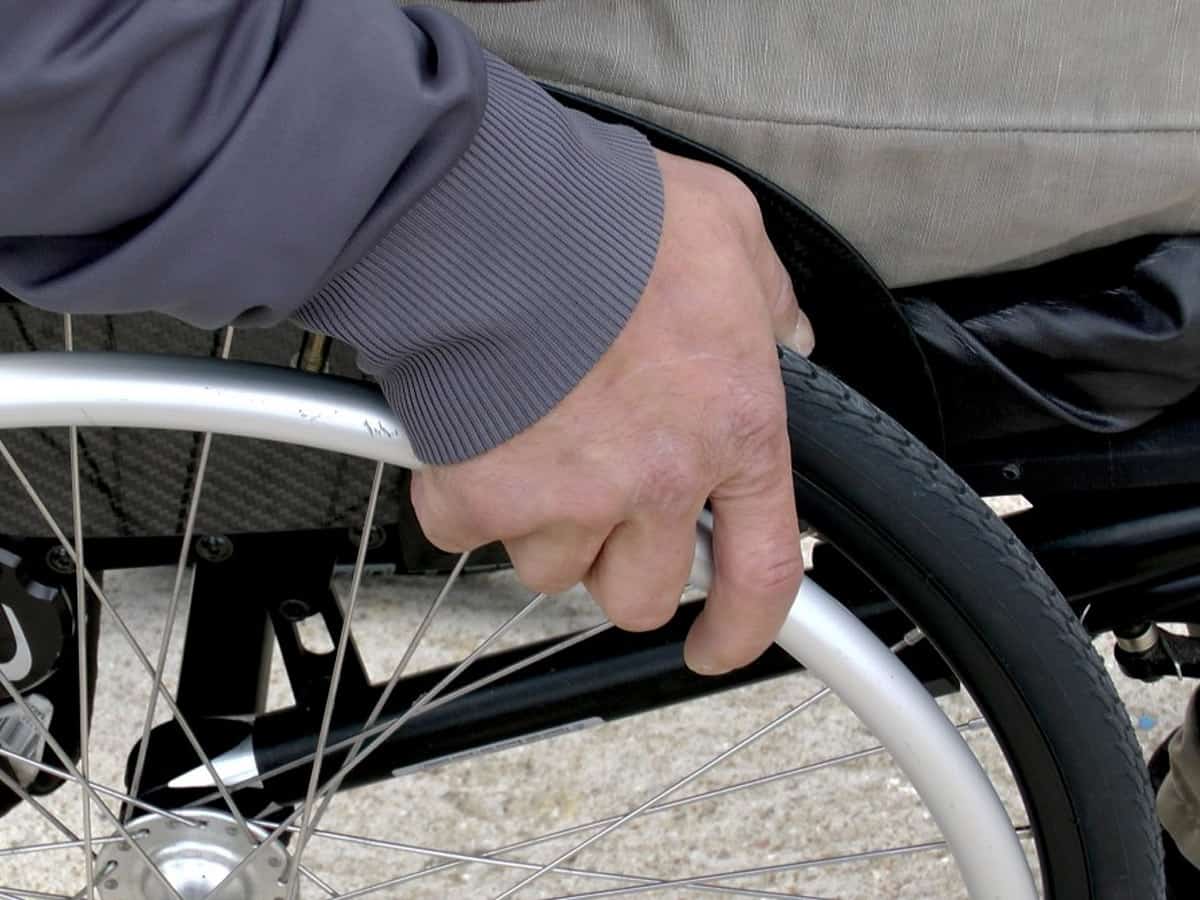
The Centre for Disease Control and Prevention defines disability as a diverse spectrum of conditions affecting body or mind functions; it presents unique challenges for individuals, limiting their interaction with the world. In India, the Rights of Persons with Disabilities Act of 2016 describes a “person with disability” as an individual confronting enduring physical, mental, intellectual, or sensory impairments. These impairments, when compounded by societal barriers, serve as obstacles hindering such persons’ full and equitable participation in society alongside others. This 2016 Act recognises and addresses 21 disabilities, aiming to ensure full and equitable participation in society. However, despite legislative strides, barriers persist, hindering the higher education aspirations of persons with disabilities (PWD). This article explores the multifaceted challenges faced by the PWD community and calls for a comprehensive approach to foster inclusive higher education in India.
In terms of the evolution of disability rights in India, a movement for the same was propelled by the Proclamation on the Full Participation and Equality of People with Disabilities, which led to the enactment of The Persons with Disabilities Act in 1995. Over time, there has been a paradigm shift from a charitable approach to a rights-based perspective, aligning with the United Nations Convention on the Rights of Persons with Disabilities (UNCRPD). The Rights of Persons with Disabilities Act (RPWD Act) of 2016 underscores the commitment to safeguarding the rights of disabled individuals, which is also reflected in higher education.
When it comes to government initiatives, India has implemented various programmes and policies to integrate PWD into higher education. The Sarva Shiksha Abhiyan (SSA) focuses on elementary education, providing foundational knowledge for disabled students. The Higher Education for Persons with Special Needs (HEPSN) establishes units in colleges, streamlining admissions and ensuring proper infrastructural access. The Saksham Scholarship Scheme supports 1000 disabled students annually in technical education. Initiatives like Reservation in Admissions, Inclusive Education for Disabled at Secondary Stage (IEDSS), and the Rajiv Gandhi Fellowship Scheme promote inclusive access and opportunities. Five-Year Plans also aim at financial support and developmental measures.
Despite these initiatives adherence to these provisions is lacking, hindering the eradication of systemic exclusion and emphasising the need for a more effective and inclusive implementation of these initiatives. Various studies highlight how enrolment of PWD in higher education remains dishearteningly low. The All-India Survey on Higher Education for 2020–21 reveals that PWD students constitute just 1.9% of the total population within the 20–29 age group. Additionally, the actual enrolment numbers fall short of the 5% reservation mandated by the RPWD Act.
The barriers faced by students with disabilities in higher education are multifaceted. Studies like ‘Higher education for persons with disabilities in India: Challenges and concerns’ and ‘Challenges encountered by persons with disabilities in accessing higher education in India’ suggest that there exist physical infrastructure limitations, including the absence of ramps, elevators, accessible transportation, and disability-friendly toilets, severely constrain mobility and accessibility.
Delays in accommodation processes and the provision of specialised educational services further marginalise students, hindering their academic progress. Negative perceptions and attitudes, exacerbated by the labelling of disabilities as weaknesses within funding schemes perpetuate exclusion. The absence of adequately trained teachers and the unavailability of assistive educational materials also hinder the educational journey of PWD students. Even when educational institutions offer such amenities it is legitimate to inquire whether these services are reaching individuals in rural areas and those who are the first in their families to pursue education. This educational gap limits their employment prospects, contributing to the alarming discrepancy in employment rates between people with and without disabilities.
While government initiatives aim to increase PWD enrolment in higher education, there is a pressing need for a holistic approach to move forward. Addressing physical infrastructure limitations, negative attitudes, and the provision of adequate support services are imperative steps toward fostering an inclusive and empowering educational environment. Policies must prioritise the rights and unique needs of students with disabilities to ensure meaningful inclusion and empowerment.
As India strives for social justice and inclusive development, it is essential to confront the barriers preventing the full participation of persons with disabilities in higher education. A comprehensive approach, encompassing legislative measures, infrastructure improvements, and attitudinal shifts, is crucial to create an environment where all individuals, regardless of their abilities, can pursue higher education and contribute meaningfully to society. By dismantling these barriers, India can truly fulfill its commitment to providing inclusive and equitable quality education for all.
Moumita Barman is a Research Associate at the Centre for Development Policy and Practice (CDPP). She has a Master’s degree in Public Policy and Governance from the Tata Institute of Social Sciences, Hyderabad. She has a bachelor’s in political science from Loreto College, University of Calcutta. Her research interests lie in Gender, Social Conflict, Caste and Religion in India, and Education.



